Design
Design’s shining new stars are shaping the world of things to come. Look out for their production-ready designs in a showroom near you
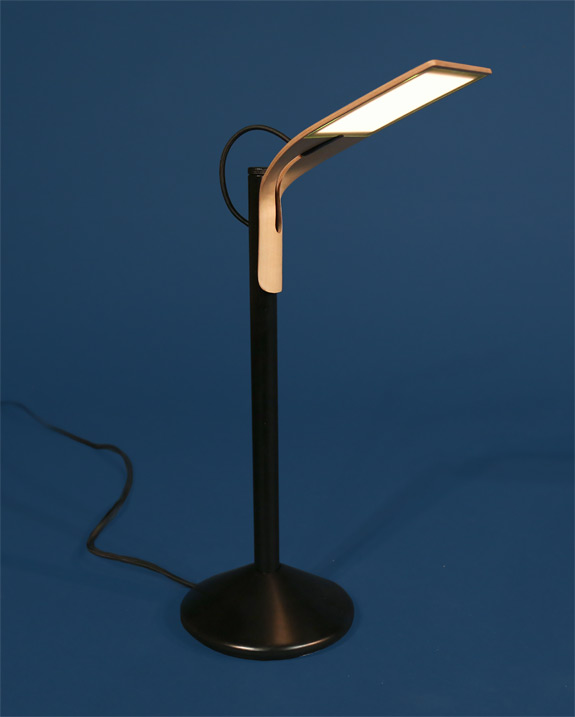
The ‘Platypus’ light owes its name to the subtly zoomorphic shape of its shade, which can be placed anywhere on the pole via magnets. Westeinde’s steel and maple lamp features a recyclable, long-lasting OLED panel and was designed with Caroline Bagley. coand.ca
Design doyens take note, this year's graduate shows serve up a plethora of sophisticated, production-ready pieces that are no doubt destined for the future collections of industry heavyweights.
Writer: Rosa Bertoli
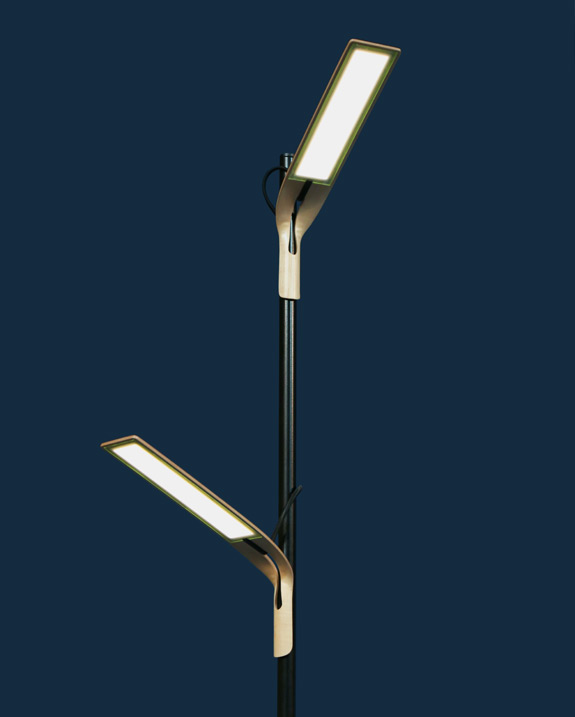
At the RCA, Portnoy’s interest in materials and craft grew into a passion for glass. She was inspired by the natural formation of gems and precious stones to create her decorative objects, which are marbled and then cut and polished to mimic the colour and texture of crystal. elinorportnoy.com
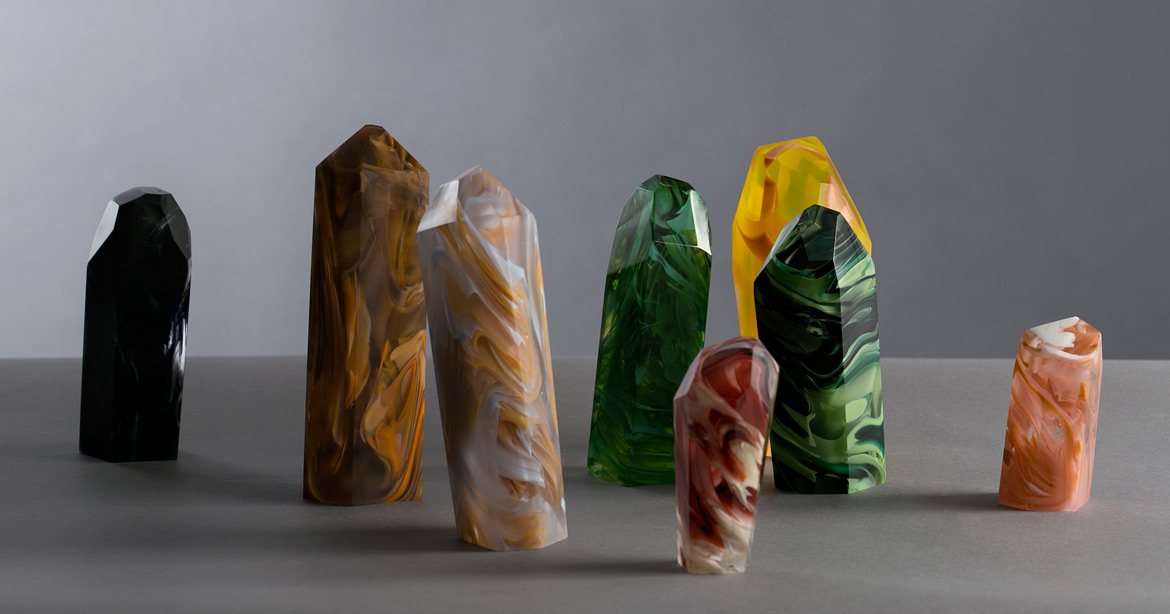
The concept of atmosphere in interior spaces inspired Chang’s ‘Light of Colour’ collection. Pieces such as this shelving unit feature neon-bright hues diffused by translucent panels, giving them a surreal glow. naidanchang.com

‘Intentionally Non-Intentional’ is a set of round containers made from stone, terracotta, marble and wood. The boxes can be disassembled, encouraging the use of their constituent parts to display, conceal and arrange precious items. deryaarpac.com
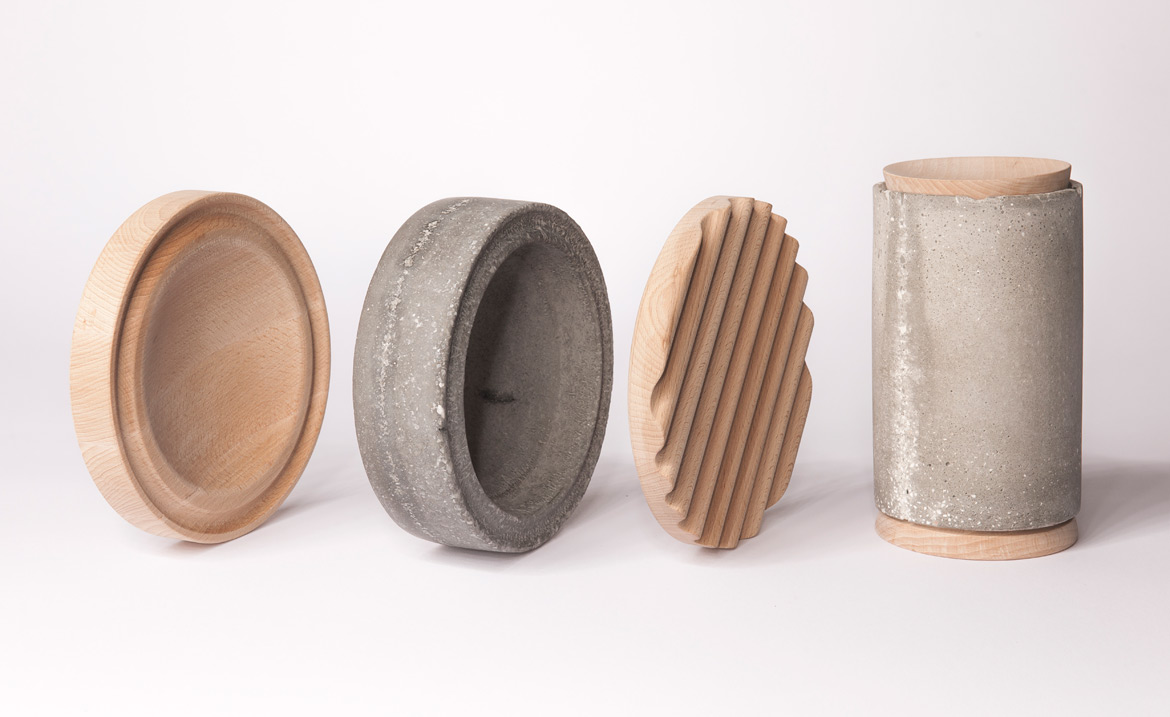
The ‘Era’ table reveals Baastrup’s research into textiles and table decoration. The base features a reversible fabric cover, while napkins can be hung from a rail beneath the top. These details allow the character of the piece to change according to the occasion. frederikkebaastrup.dk
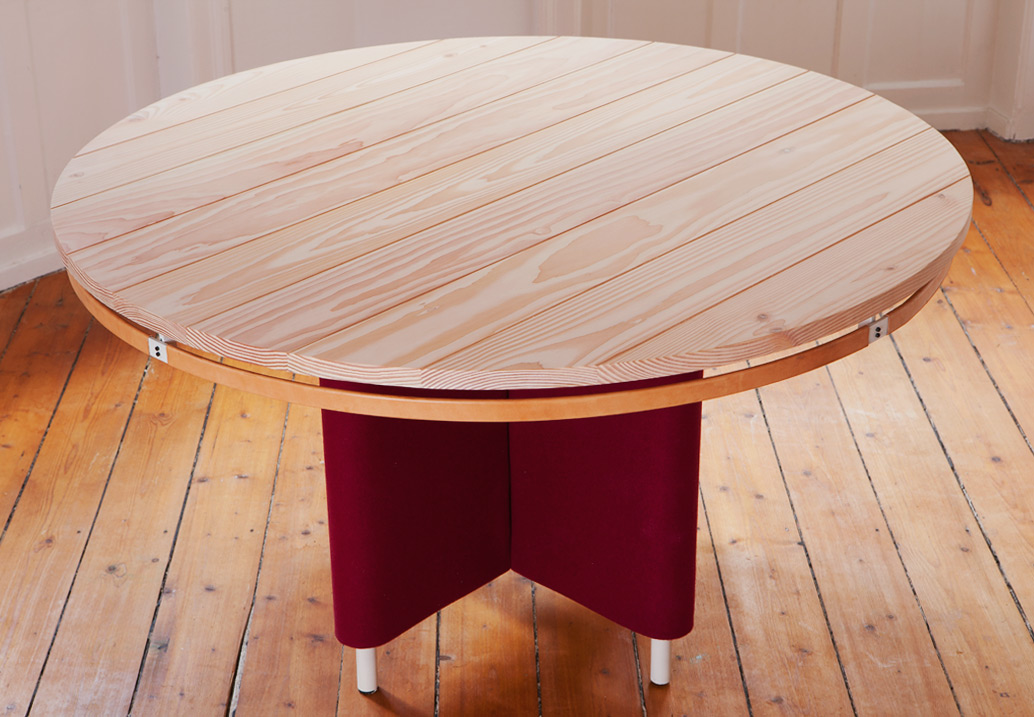
Von Hase created his ‘Omera’ stackable stool with woodturner Timothée Boyat. With metal pegs to anchor its legs, the piece is made of Norwegian oak and merbau, a tropical wood reclaimed by the designer at Bergen docks. philippvonhase.com
Receive our daily digest of inspiration, escapism and design stories from around the world direct to your inbox.
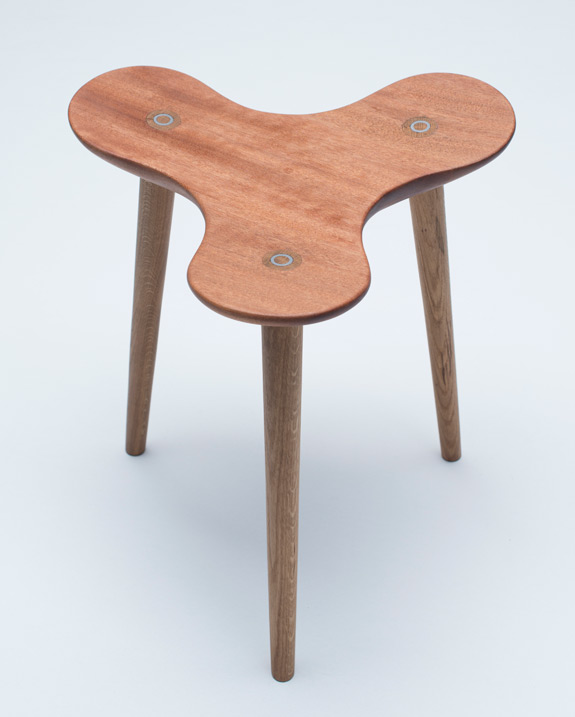
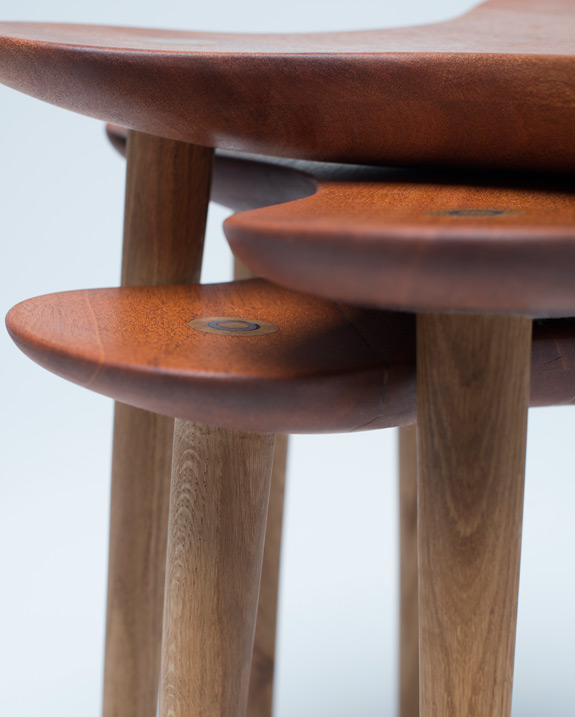
The ‘Aita’ shelving unit comprises a stark black grid over a panel in shades of grey. This solid birch and plywood structure was created by Sirelä in her final year, as she experimented with different types of wood. minnisirela.com

Osborne uses colour to investigate the properties of glass. Her decorative objects feature optical glass, dichroic films and a variety of coating techniques, creating a feast of hues and reflections. The designer’s aim is to combine her visual arts practice with scientific research. fenellaosborne.com


Keenlyside’s ‘Pour Man’s Stool’ has its roots in traditional craftsmanship. Made with no screws, the piece is held together by pewter cast into walnut. The pewter, the designer explains, ‘not only has a structural purpose, but also gives the piece its defining aesthetic feature’. williamkeenlyside.com
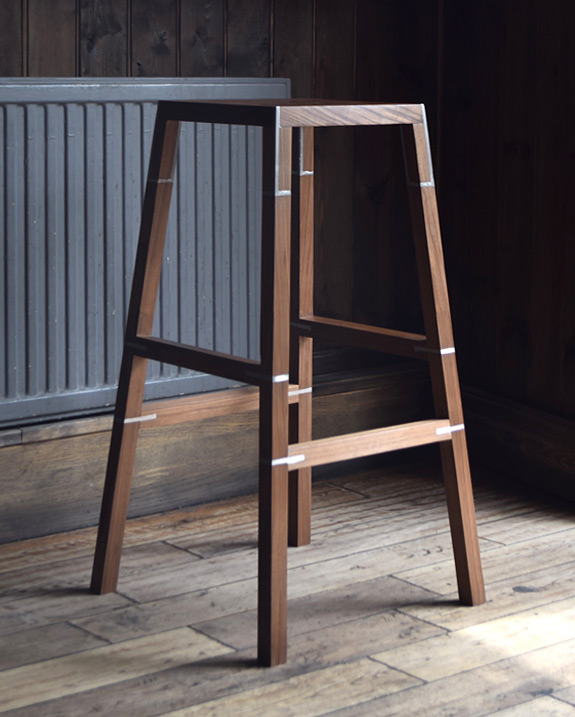
The influence of art deco and 1970s interiors is visible in Panichewskaja’s ‘Salominka’ shelf, an asymmetrical wooden composition with a motif referencing Belarusian art, crafts and folklore. Translucent paint allows the texture of the timber to emerge. verapanichewskaja.com
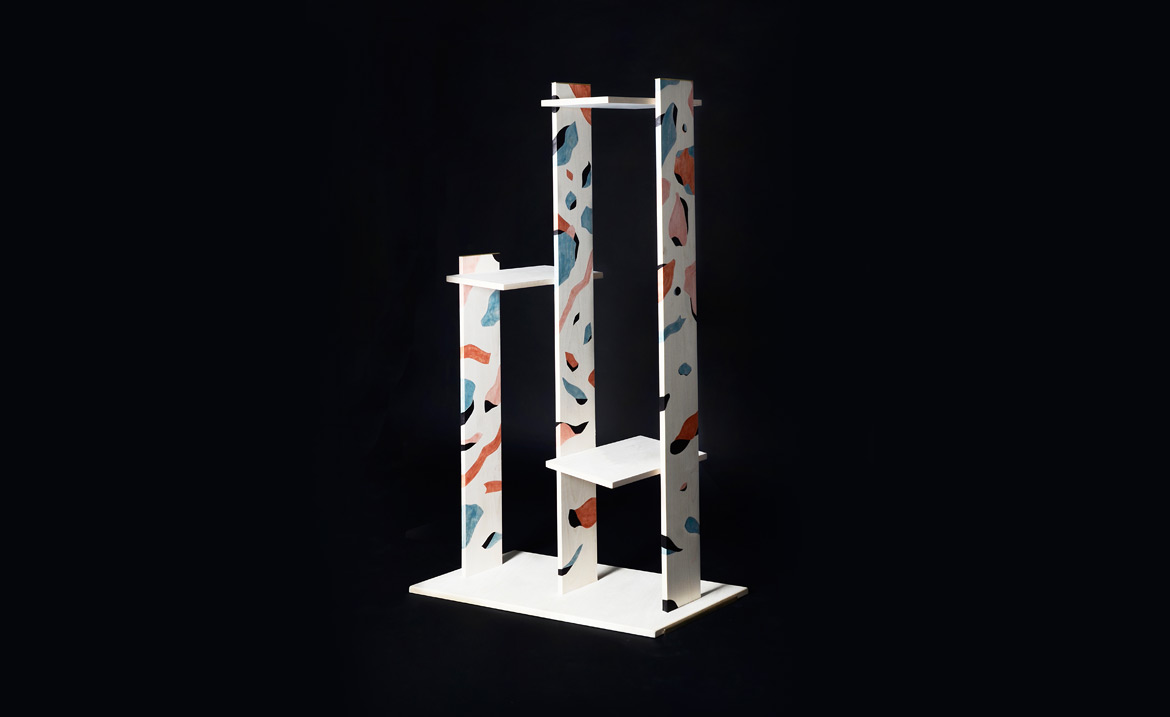
Mikola’s ‘Modulum’, as the name suggests, is a modular system of glass and wooden elements that can be combined to create a versatile lamp. Every part of the ‘lamp body’ can be moved for either aesthetic purposes or to control the brightness of the light. mieszt@gmail.com
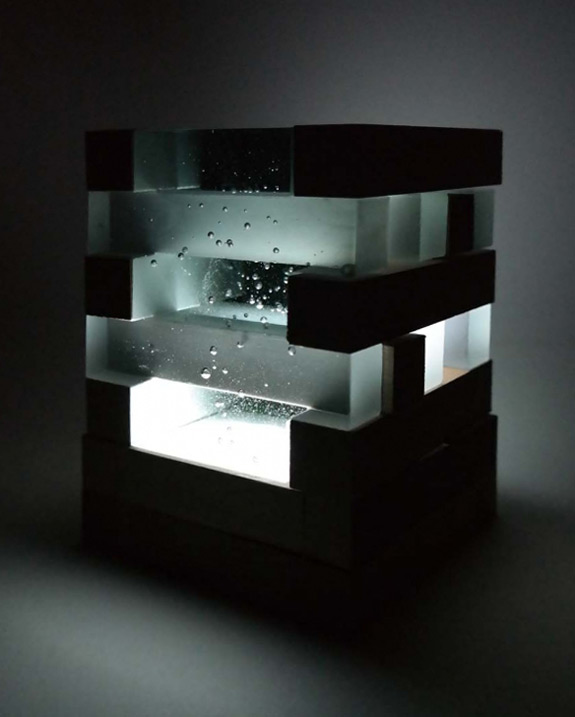
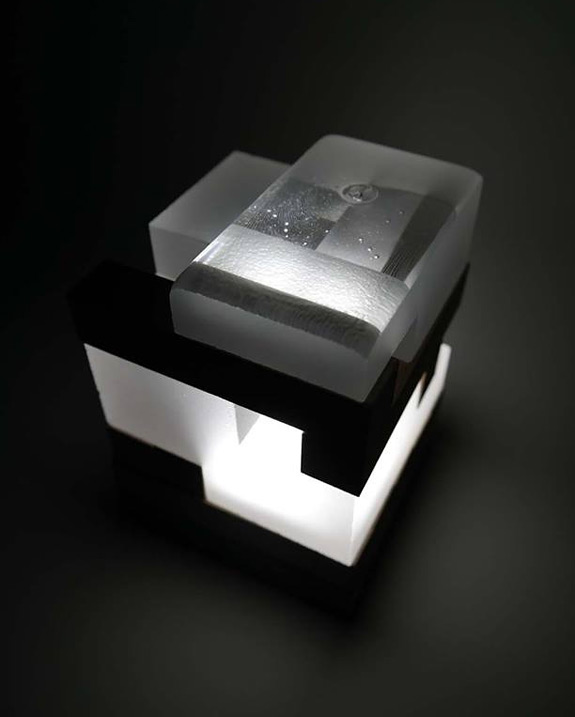
Rampazzo’s award-winning lightweight desk can be completely disassembled, hence its name, ‘Nomad’. Made from leather, oak and steel, it can be customised with modules that include trays, a mirror and a magazine rack. elodierampazzo.com
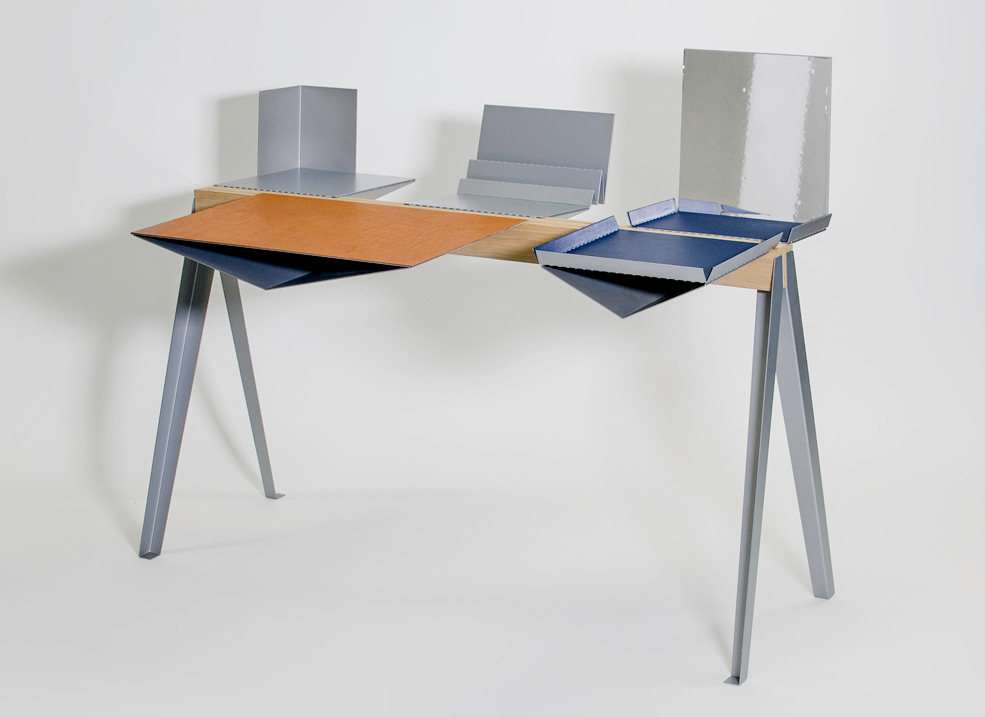
This sleep machine creates rhythmic noise that acts as a tranquilliser. ‘The object must be activated for a session of late-evening work,’ Gemmo says. ‘After a set period of time, the object will start to remind you to end your day by using hypnotic sounds to initiate your sleep.’ marianogemmo.de

This lamp balances on a half-sphere, emitting a soft glow. Fly studied character-driven design for her collection of interior products, which is inspired by characters from Tintin comics and also features a chair and a mirror. evafly.dk
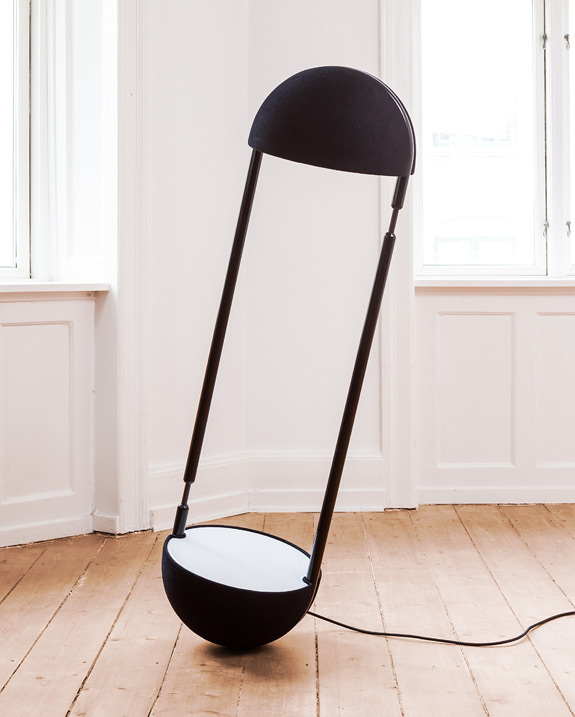
Hannula explores modernist aesthetics, using steel and MDF to create furniture with striking silhouettes. Her ‘L2’ chair has a minimal steel frame with a black plywood seat and a slanted panel serving as a backrest. cargocollective.com/aijahannula

Laban’s furniture explores themes of traditional and contemporary craft, as well as the contrast between natural and artificial. His ‘Rustic Bench 1.0’ is made of solid maple; smooth surfaces contrast with relief texture motifs to the back and underneath. marklaban.com
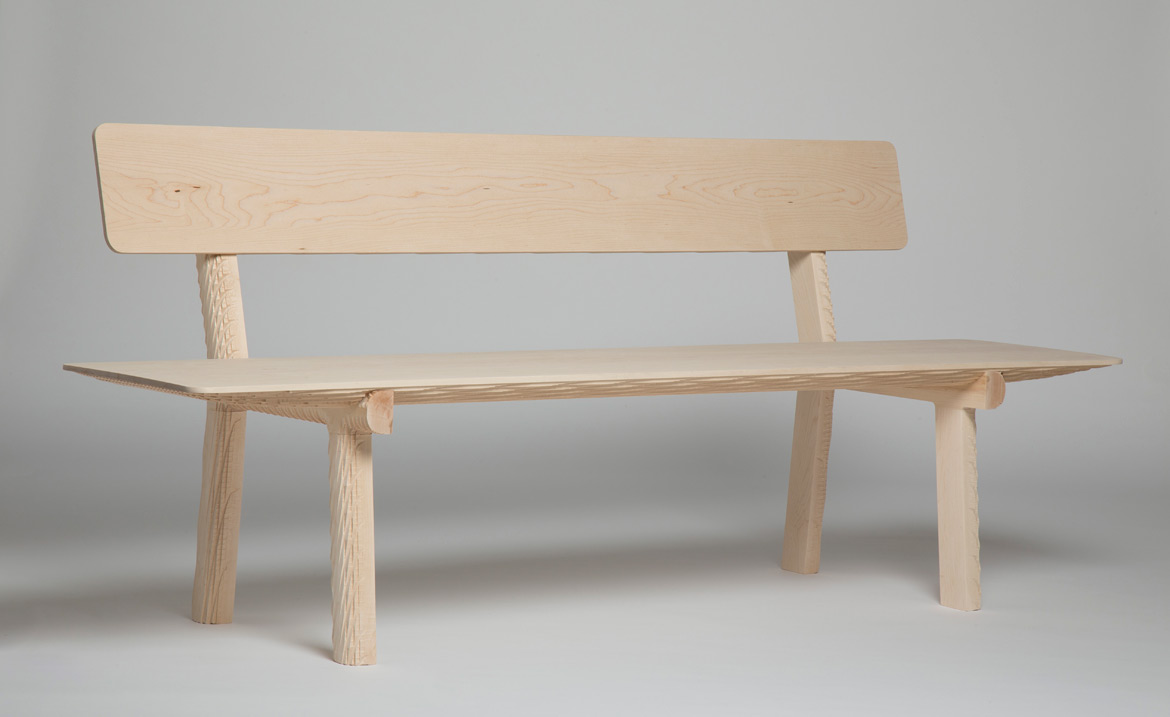
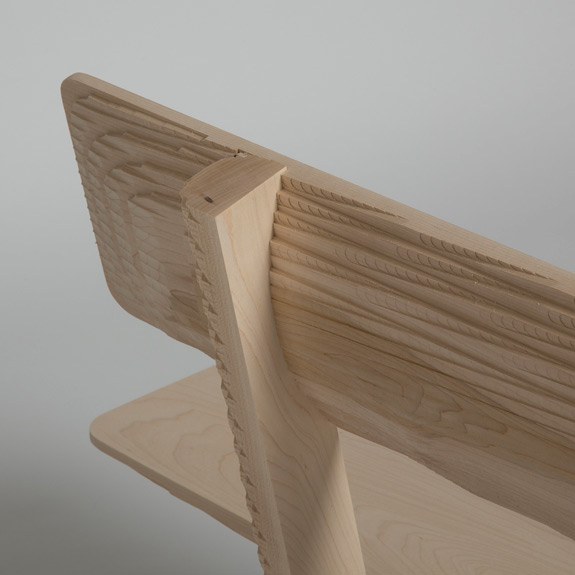
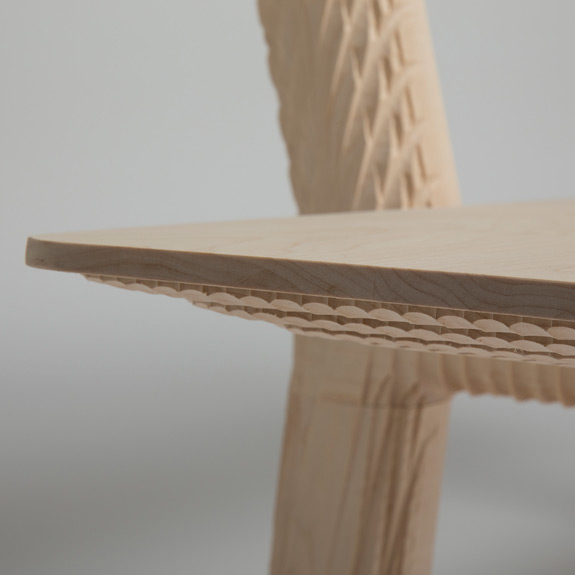
The straightforward design of Tsemach’s ‘Rising 30’ desk hides a gas-piston-powered mechanism that allows the user to choose whether to sit or stand. With one simple movement, the height of the platform can be raised or lowered. roitsm@gmail.com
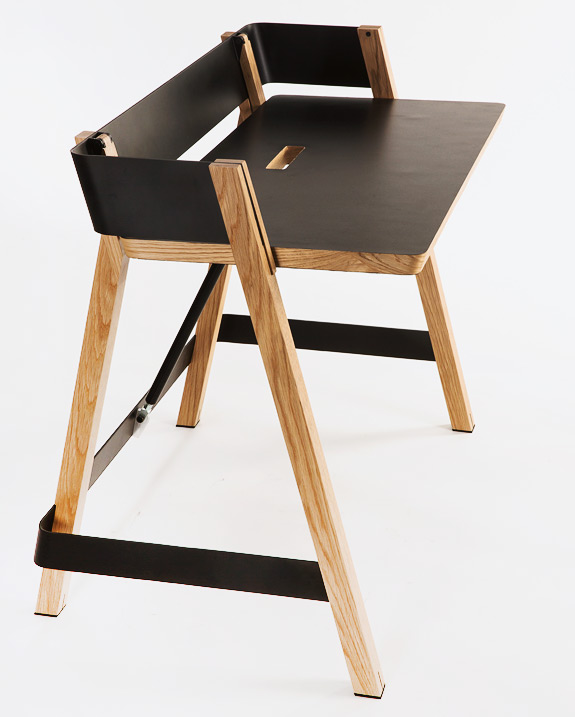
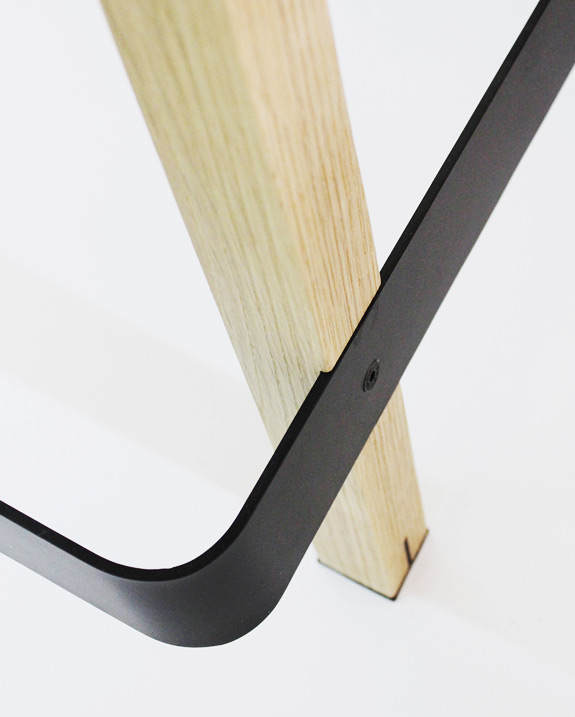
Lopez’s glass-topped ‘Moho’ table features a slot into which an agar mix can be poured; mould cultures then create unexpected patterns beneath the glass. Table tops can be cast in resin to preserve a particular mould design. gonzalolopezdesign.com
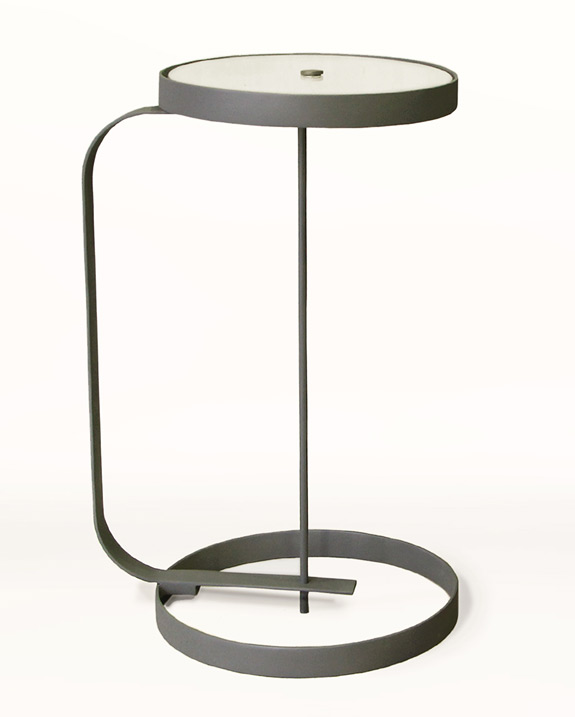
Rosa Bertoli was born in Udine, Italy, and now lives in London. Since 2014, she has been the Design Editor of Wallpaper*, where she oversees design content for the print and online editions, as well as special editorial projects. Through her role at Wallpaper*, she has written extensively about all areas of design. Rosa has been speaker and moderator for various design talks and conferences including London Craft Week, Maison & Objet, The Italian Cultural Institute (London), Clippings, Zaha Hadid Design, Kartell and Frieze Art Fair. Rosa has been on judging panels for the Chart Architecture Award, the Dutch Design Awards and the DesignGuild Marks. She has written for numerous English and Italian language publications, and worked as a content and communication consultant for fashion and design brands.
-
 Curtains up, Kid Harpoon rethinks the sound of Broadway production ‘Art’
Curtains up, Kid Harpoon rethinks the sound of Broadway production ‘Art’He’s crafted hits with Harry Styles and Miley Cyrus; now songwriter and producer Kid Harpoon (aka Tom Hull) tells us about composing the music for the new, all-star Broadway revival of Yasmina Reza’s play ‘Art’
-
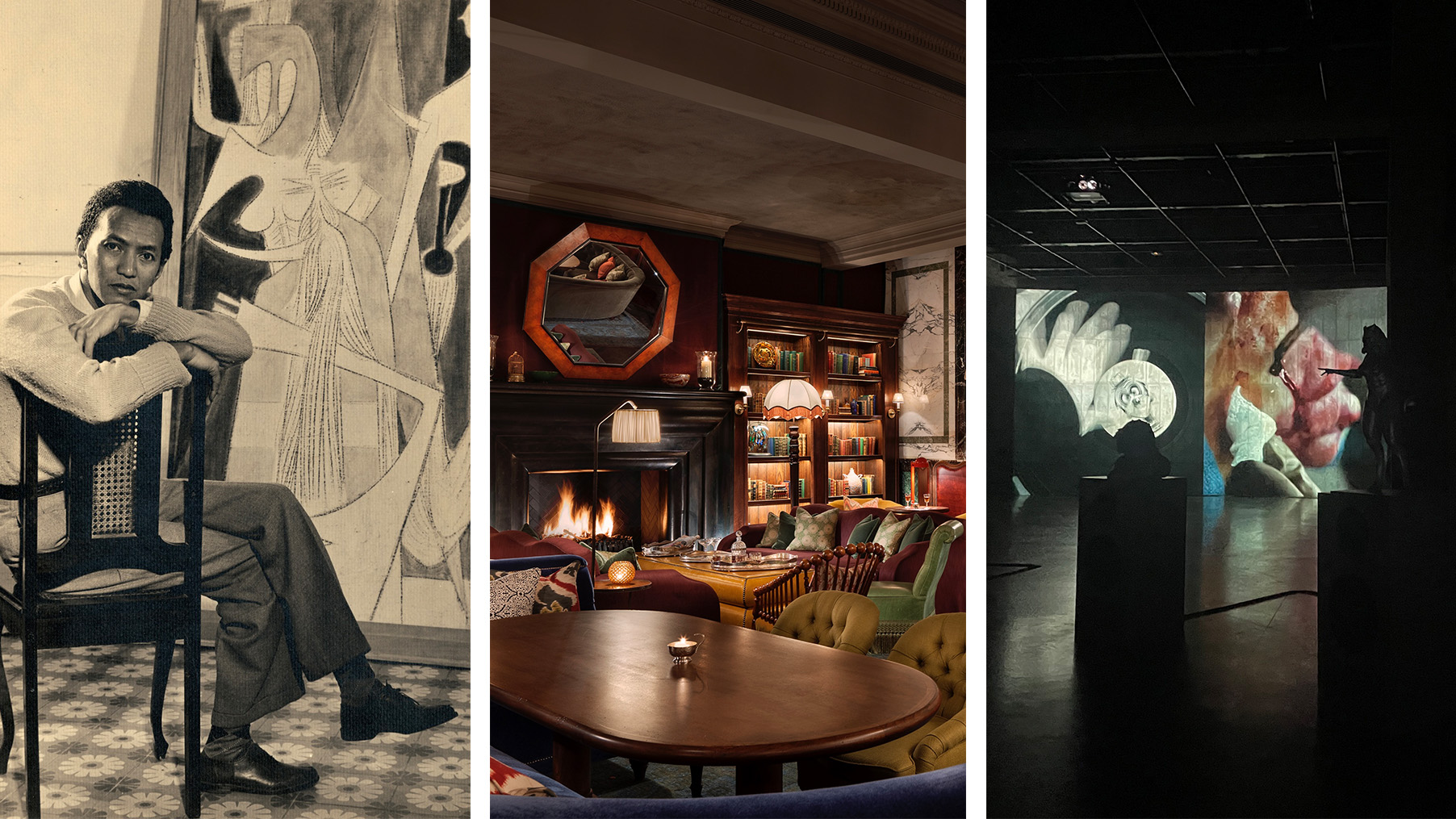 Out of office: the Wallpaper* editors’ picks of the week
Out of office: the Wallpaper* editors’ picks of the weekHere in the UK, summer seems to be fading fast. Moody skies and showers called for early-autumn rituals for the Wallpaper* team: retreating into the depths of the Tate Modern, slipping into shadowy cocktail bars, and curling up with a good book
-
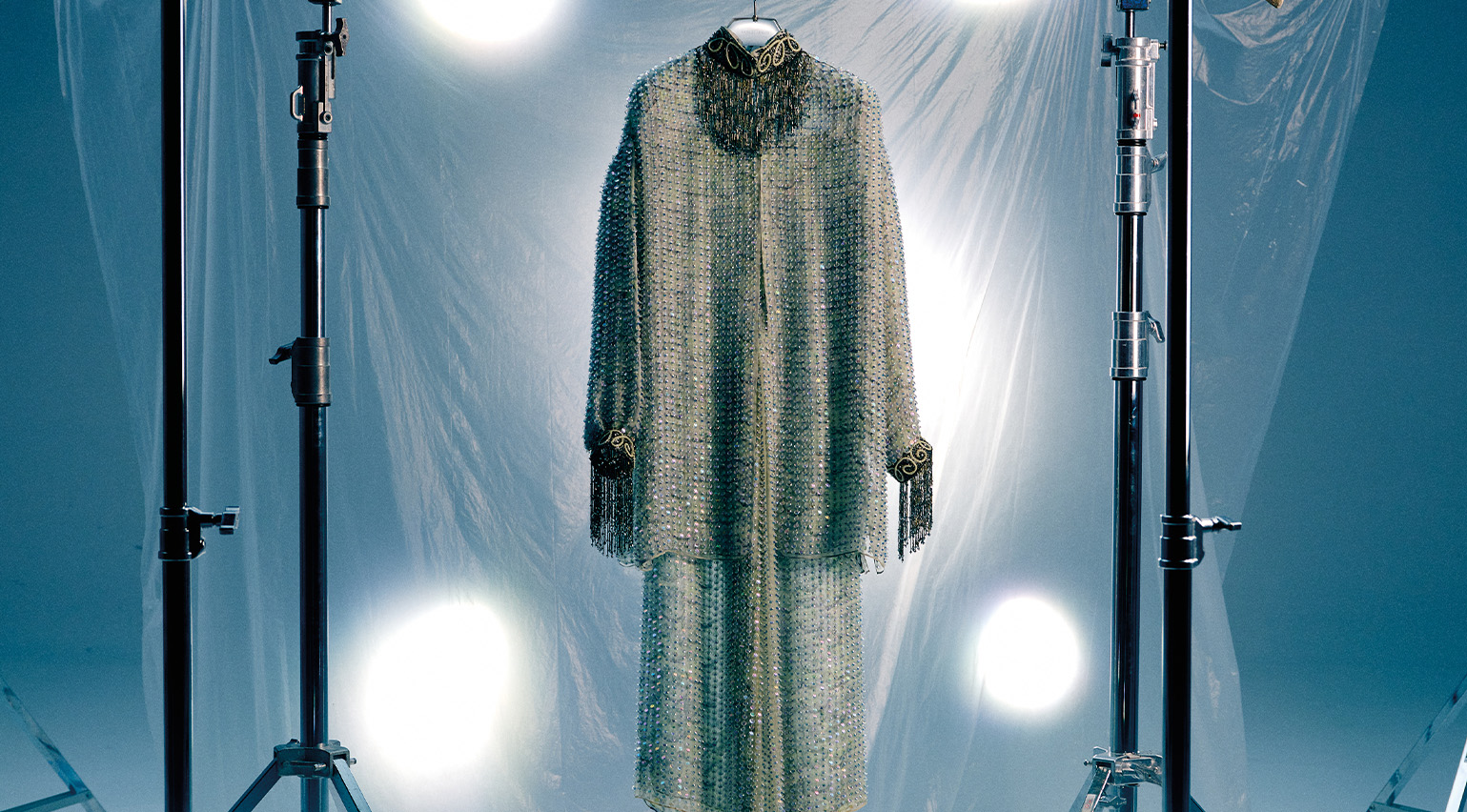 To celebrate 50 years in business, Giorgio Armani is opening up his extraordinary archive to everybody
To celebrate 50 years in business, Giorgio Armani is opening up his extraordinary archive to everybodyLaunched at the Venice Film Festival, Armani/Archivio is a digital archive charting 50 years of Giorgio Armani through the house’s most memorable designs
-
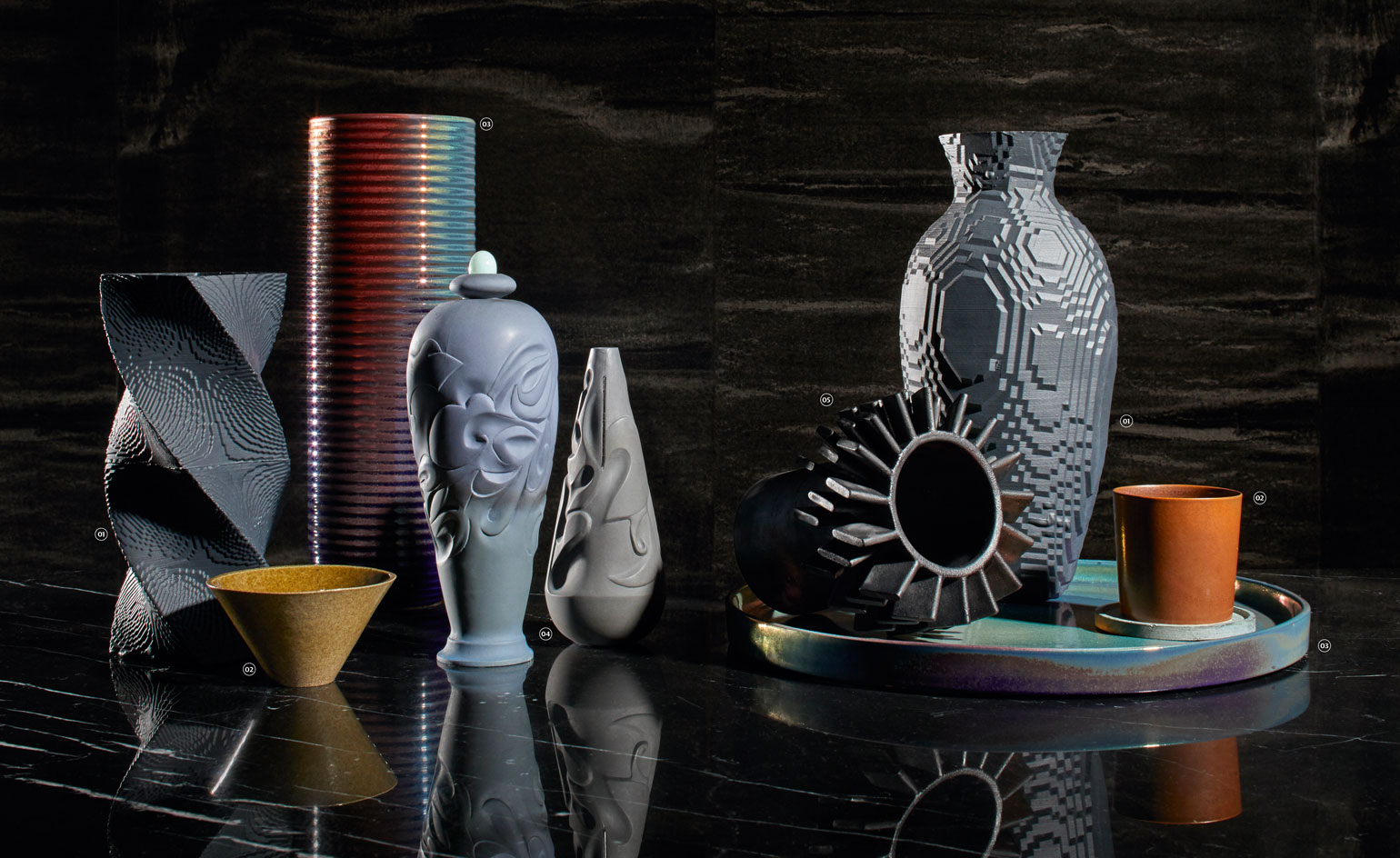 State of clay: we’re making a sharp turn with our pick of the shapeliest new ceramics
State of clay: we’re making a sharp turn with our pick of the shapeliest new ceramics -
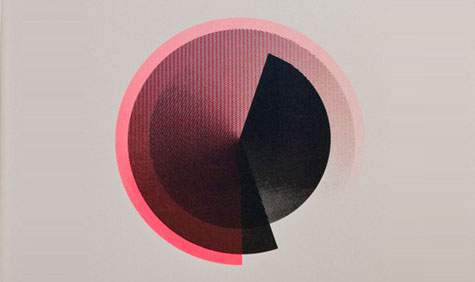 Graduate Directory 2010
Graduate Directory 2010